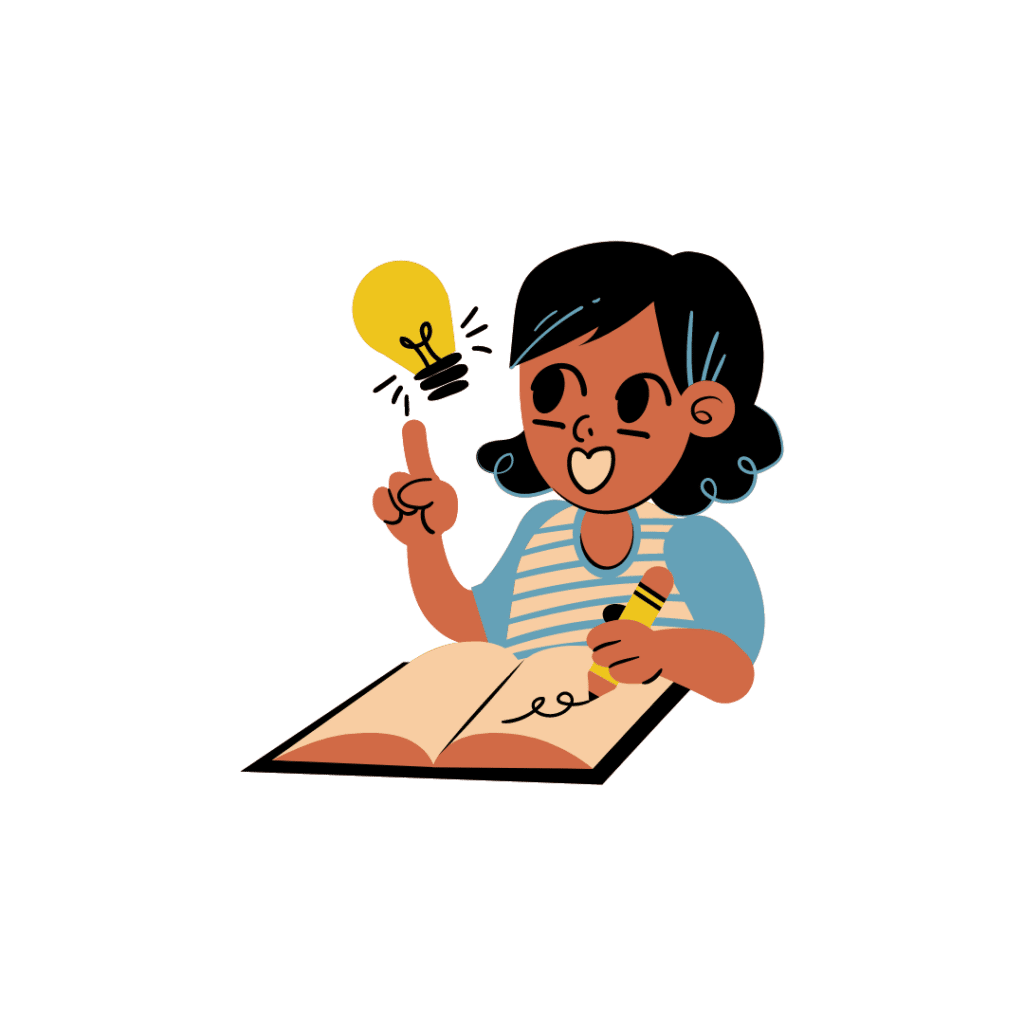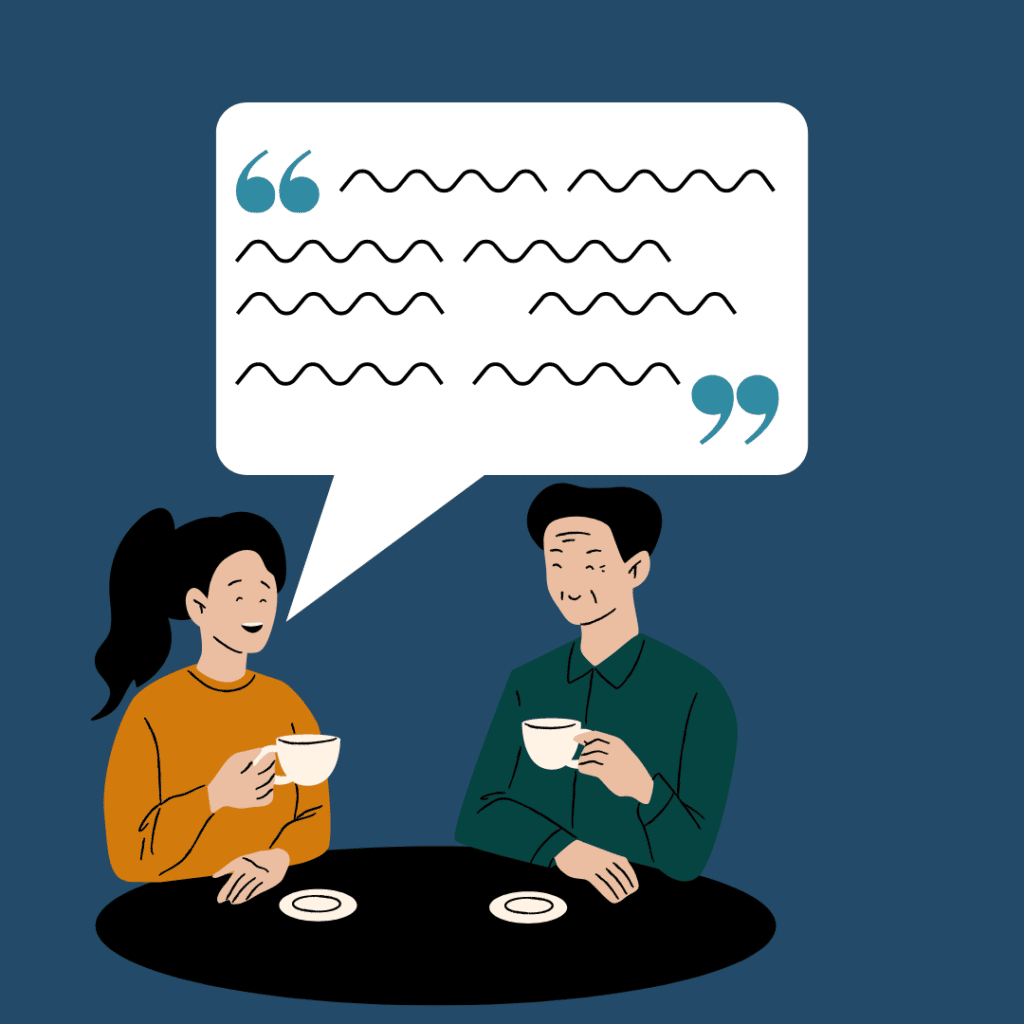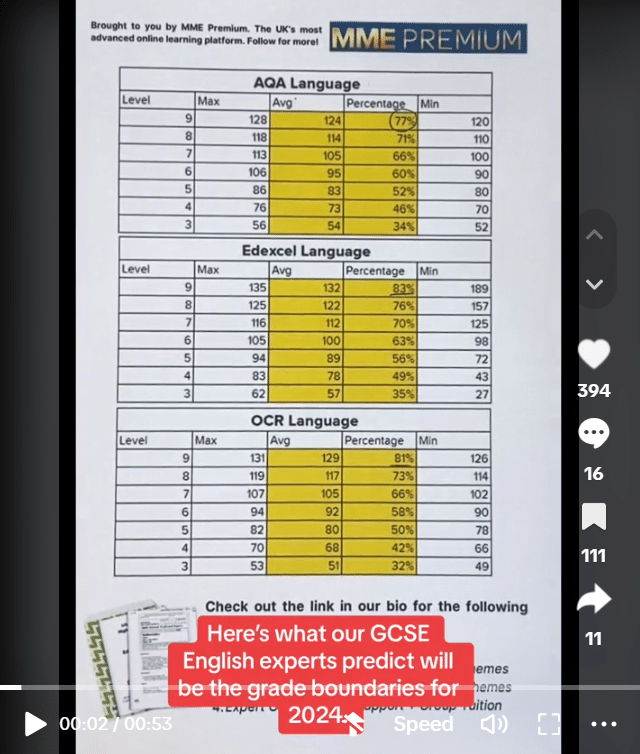Reading: Techniques for Comparing Texts
Reading: Techniques for Comparing Texts Revision
Reading: Techniques for Comparing Texts
“Comparison“, in the context of your English Language exam, is the art of exploring more than one text in relation to one another.
Making comparisons in the exam is not simply a game of spot the difference! It’s important to explain your ideas about why two different texts present an idea differently or similarly, and not just state if there are.
Comparison is not only required by AO3, but a clear comparison in your exam will really ensure that you get top marks.
Why We Compare

The culture and social context around the writing of a text is just as important as the text itself.
So, when we compare two texts, what we’re really doing is comparing the texts, but also comparing everything around them.
Two authors writing about the same thing will very rarely come up with the same or similar texts.
For example:
A soldier and a general talking about World War I, will write in radically different ways about their experiences.
While it is unlikely that any text is free from bias, you must be as objective and critical as you can be.
Often, it can be easy to feel the sway of one text because of the values we hold ourselves.
But, when we compare two texts in the exam, we are there to provide a critical, dispassionate exploration of what is written, and argue as to why it was written, not to argue one side over the other.
There will always be multiple elements of a text that we can compare.
For example, you might want to consider when the author wrote the text.
People writing during different periods of history will have different views on different things, so it can be an important point of comparison for you to make.
What Can Be Compared

Genre
Genre, on the other hand, might not be so immediately obvious.
This is because it “blends” with every other technique the writer employs.
With other techniques, you can see them written on the page, but with genre, it is something you must infer from other techniques used.
For example, a non-fiction text will use facts to prove a point.
However, a text which falls into a fictional genre will invent stories to tell a narrative.
Bias
Bias is something that needs to be approached with a mix of textual (in the text) and contextual (facts outside of the text) evidence.
Remember, it is very unlikely that a text is completely free from bias.
However, texts will always sway in one direction, although not always very obviously, so it’s crucial that we’re able to understand how biased or unbiased a text is.
Contextually, it is important to understand the relationship the writer has to the subject of the writing.
Do they benefit from what they are writing about, or has it made them suffer?
Are they deeply familiar with it, or are they not an expert?
Questions like this are really important to explore when you compare the levels of bias in more than one text.
We can also compare bias through language techniques.
A handy trick to use here is to look closely at the adverbs being used by each writers.
Adverbs modify verbs and adjectives, meaning that we can see how the writers want to portray and control the narratives of different things.
For example:
If a writer is describing how the government handled a crisis, we might be able to see their biased views if they mention how “the government acted slowly and weakly“.
Facts and Opinions
When we are analysing and comparing sources, it is critically important that we can differentiate between facts and opinions.
This might sound like a simple task on paper. However, it becomes far trickier when placed in the context of the sources, where each author, in some way, is trying to achieve something.
For example:
If the source is a campaign leaflet by a politician, they might use a fact about a certain number of homeless people in an area to show how there needs to be more money invested in tougher criminal sentencing.
In this example, the number of homeless people is a fact, however, it is being used by the politician to push their own opinions.
So, when we compare sources, it’s not enough to say that there are facts and opinions present within a text.
Instead, we have to explore how they are used and manipulated within each text.

Quotes and References
Writers will often use evidence from other texts within their own writing, either in the form of direct quotation or through an indirect reference.
Both have different methods and results, depending on what the author wants to achieve.
A direct quote looks like this:
“As I looked down at what I had done, words written hundreds of years ago came to me: ‘As the memory of past misfortunes pressed upon me, I began to reflect upon their cause—the monster whom I had created, the miserable daemon whom I had sent abroad into the world‘. It had been so long since I had read the book, and my mind recalled it perfectly.”
– A novel directly quoting Mary Shelley’s Frankenstein
An indirect reference looks like this:
“Looks like the miserable daemon has finally woken up!“
– My mother, when I finally get out of bed, referencing Frankenstein.
We can see that both of these quotes create similar feelings, but in different ways.
A direct quote is used to show the reader a moment from another text to reinforce a specific emotion.
In the direct quote example, a writer might use it in their own text to express a sense of horror.
However, if the writer references a text indirectly, it is to reinforce more general feelings.
In the indirect reference example, it is used as a comedic reminder of a moment in a book for humorous effect, rather than strong emotions.
How to Compare
Now that we’ve covered what makes an excellent comparison, let’s take a look at how we might approach comparison within the exam.
First, we want to make sure we’ve read the texts thoroughly.
A good strategy is to read them once without making notes to understand them, and then re-read them whilst making annotations.
A really efficient way to plan your comparison is to make a small table about important areas you want to compare within your response.
In each column, write how the different sources approach and present different ideas: noting down how they differ, or overlap.
Another good tip is to have a set of skills in mind that you can go in to any English Language exam with and apply to each source.
We’ve touched on them earlier, but comparing the authors and their use of language features or structure in each source means that you always have a lot to look out for!



